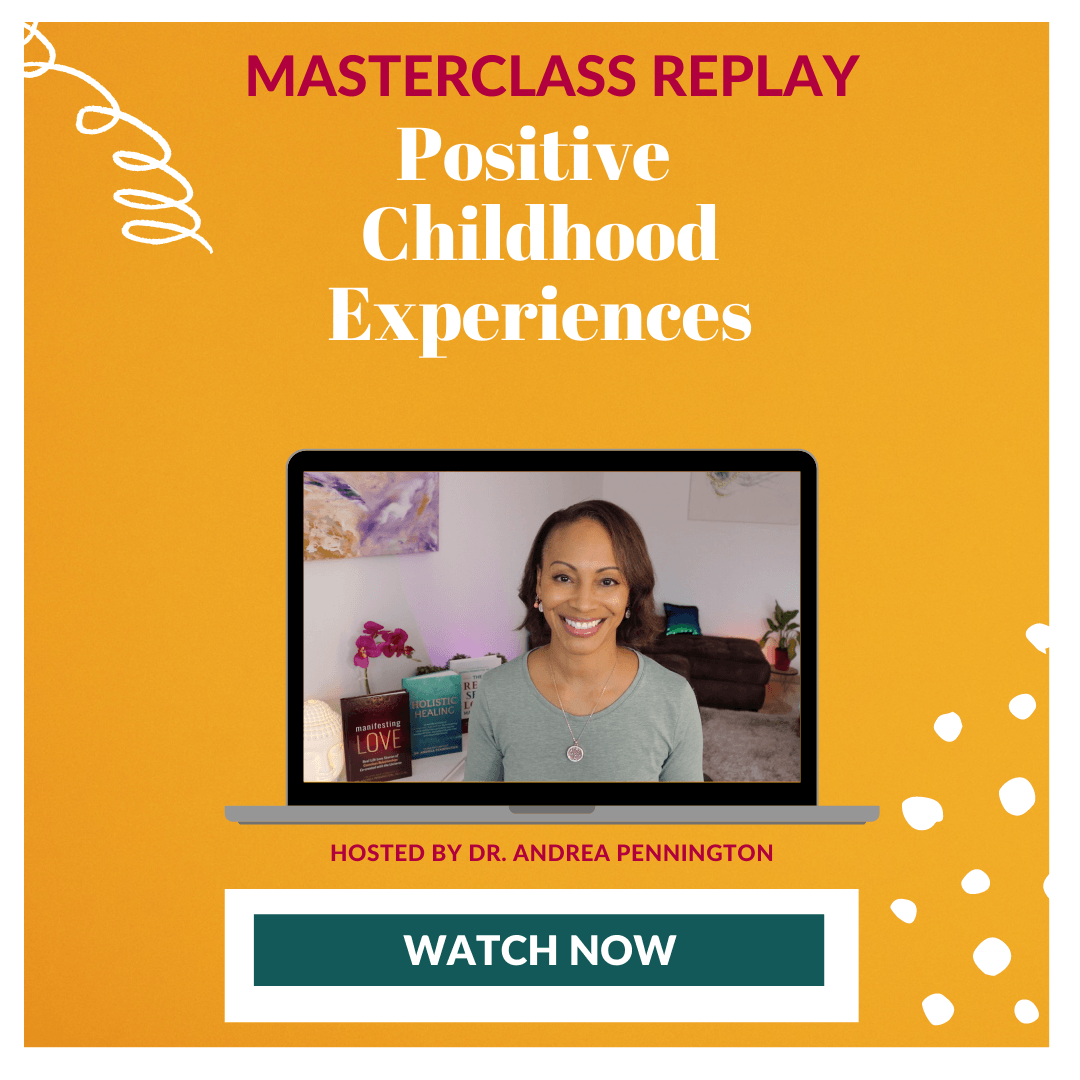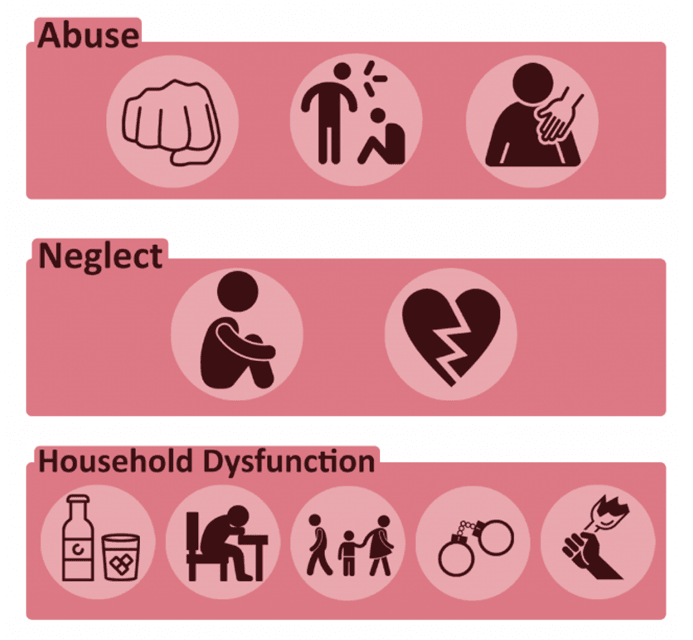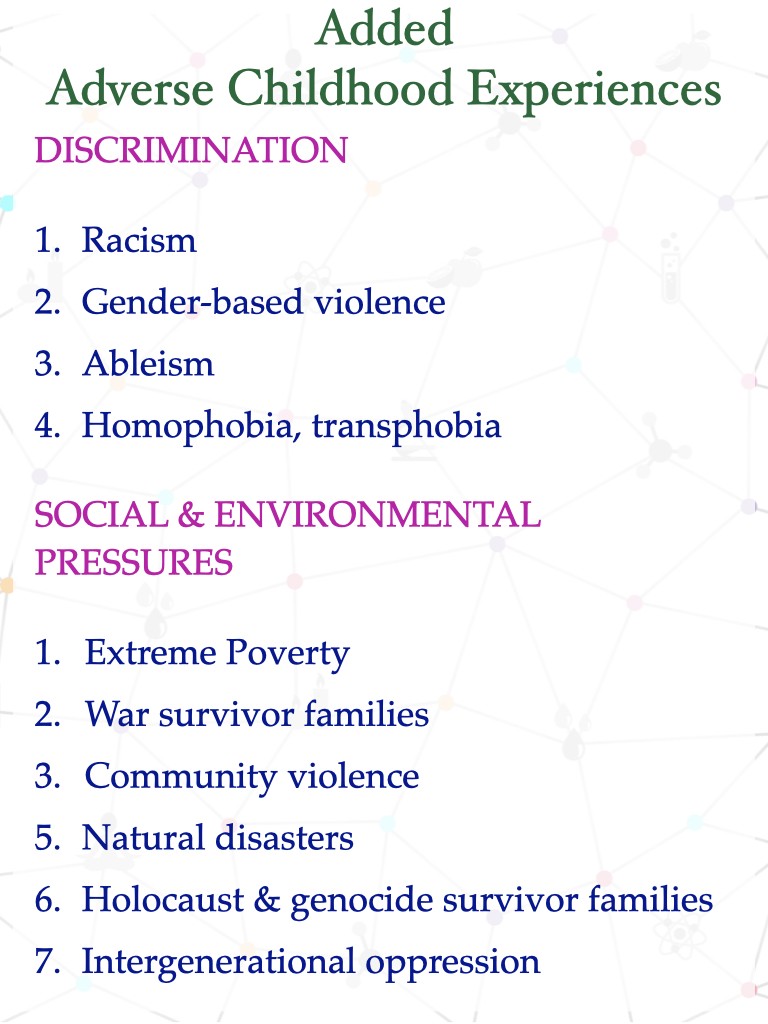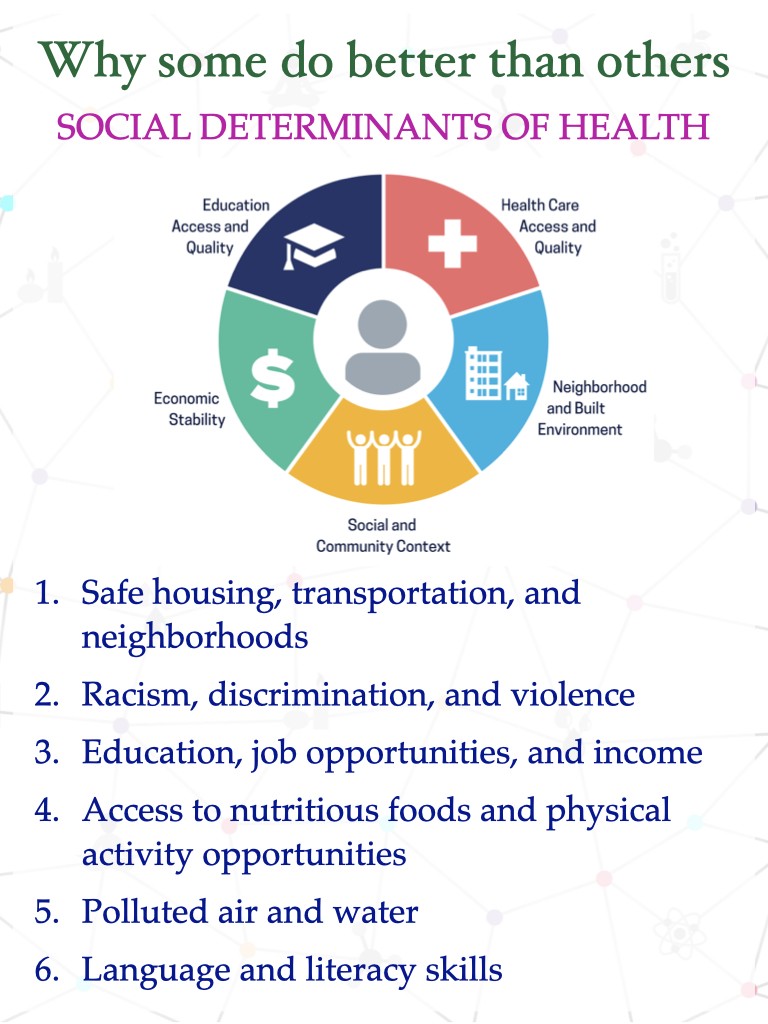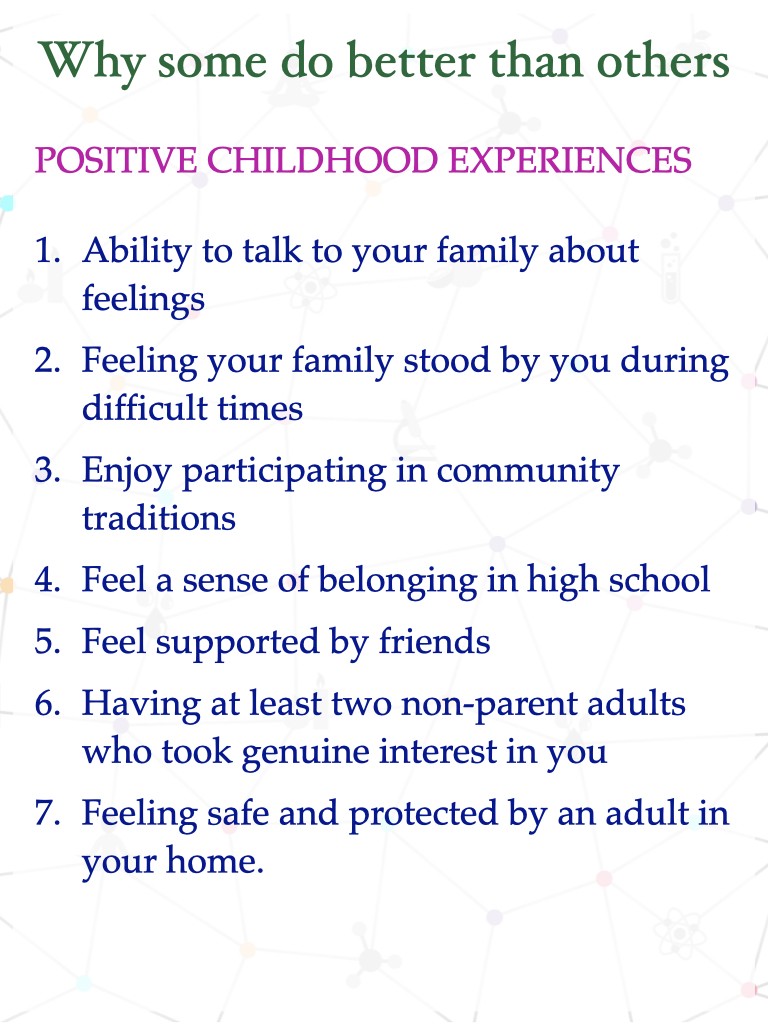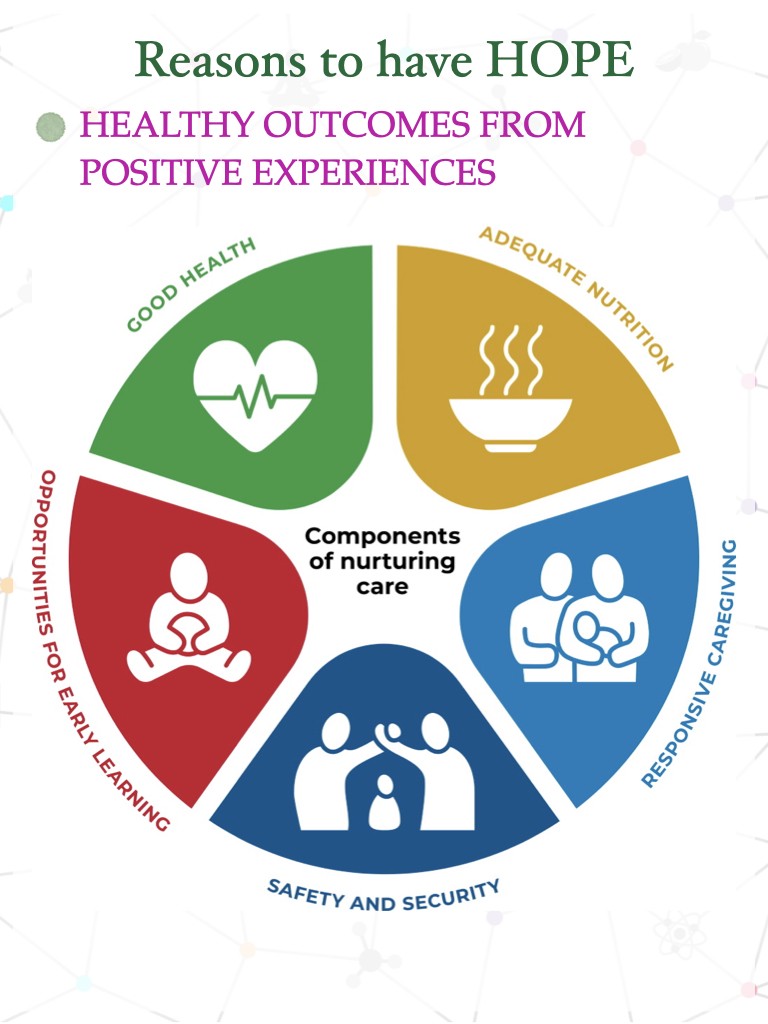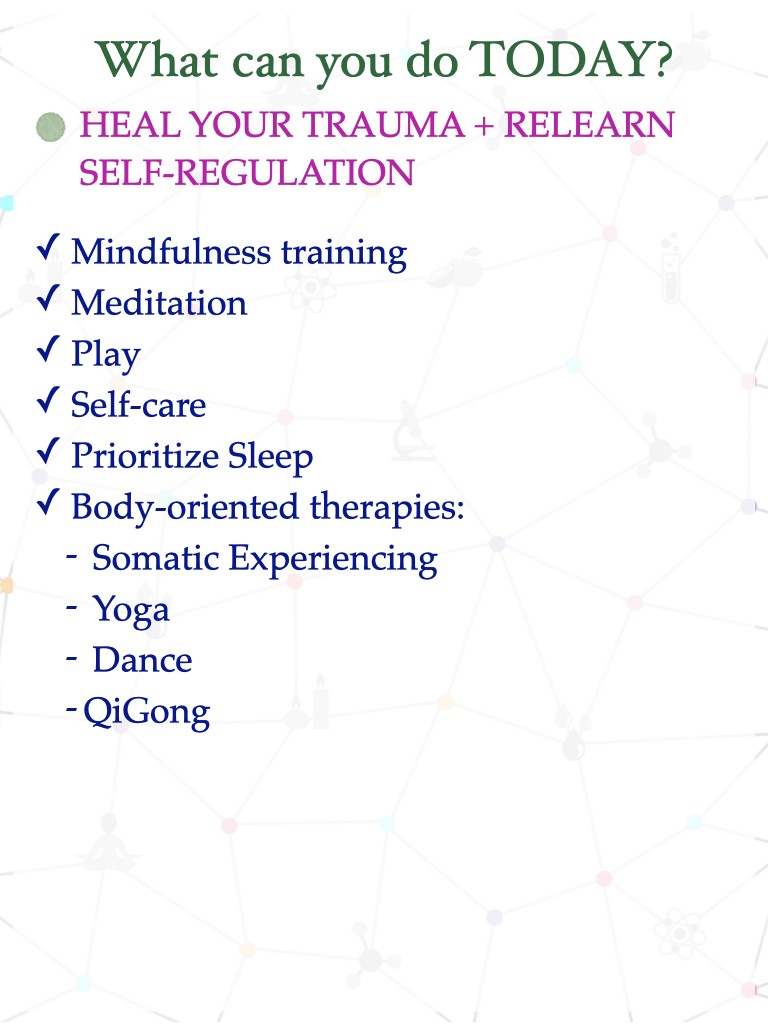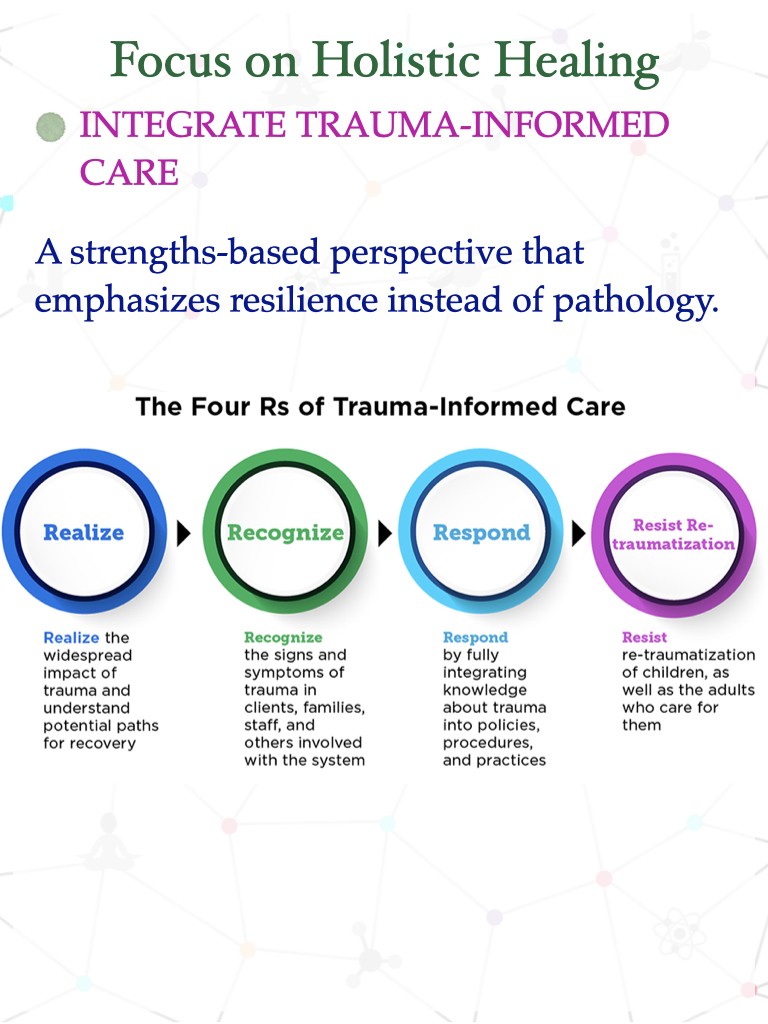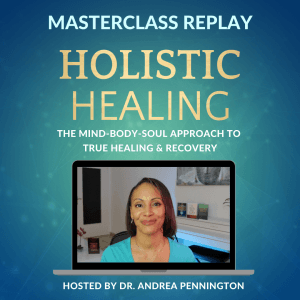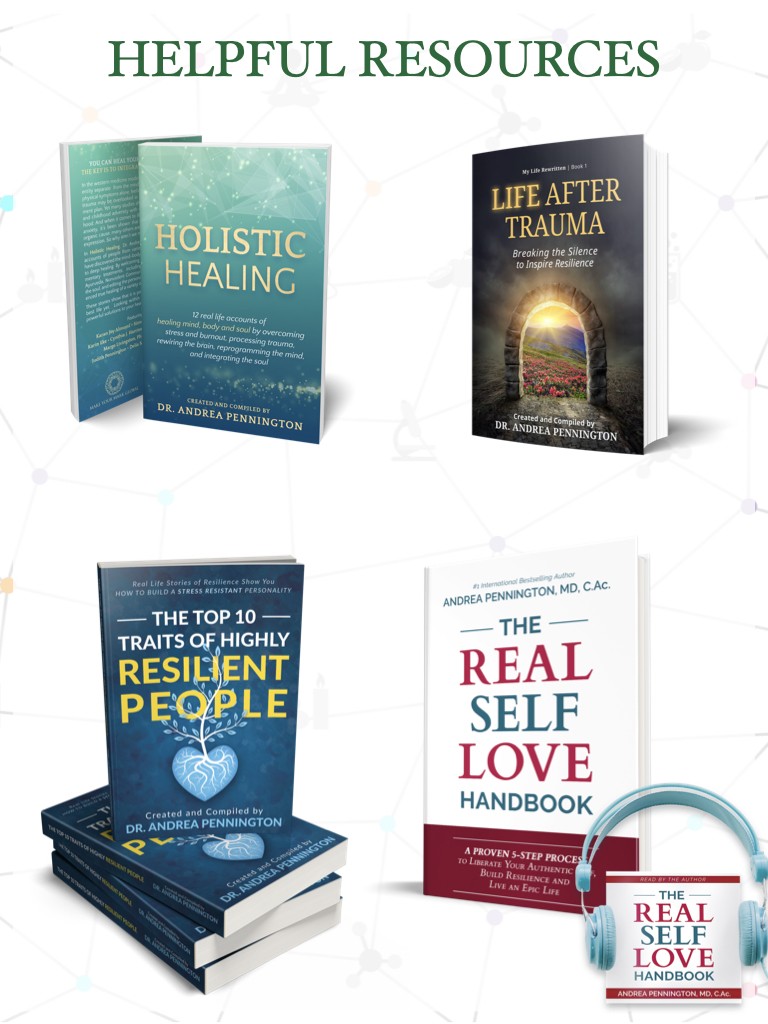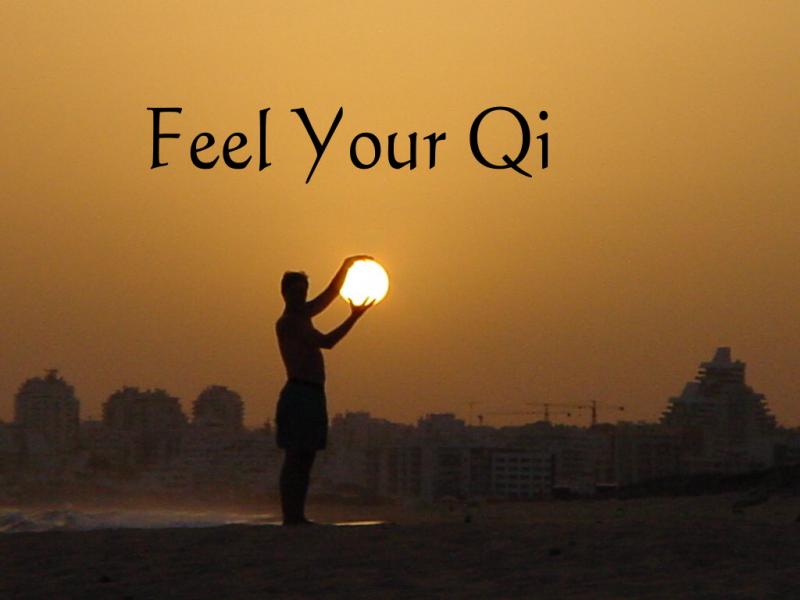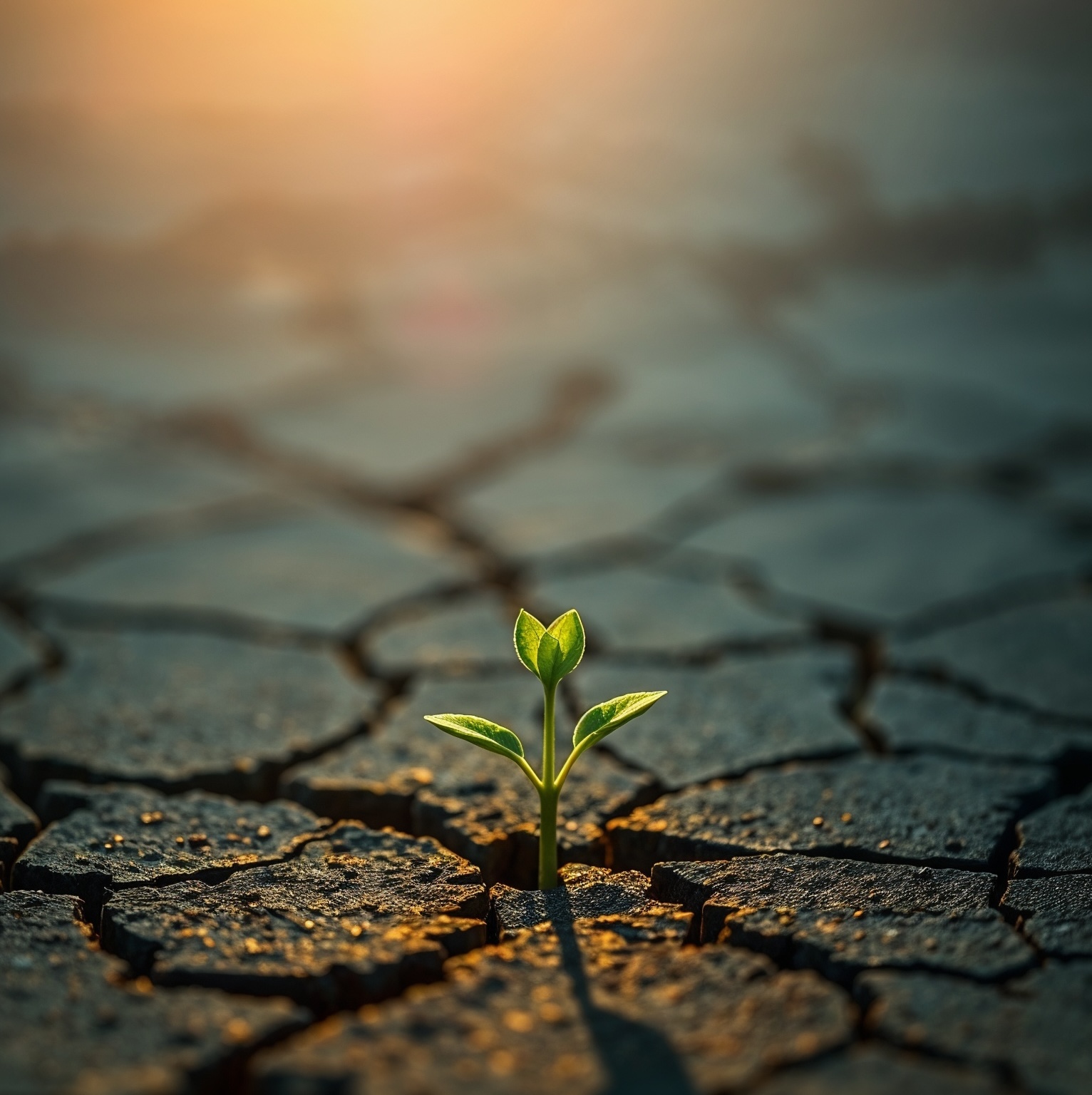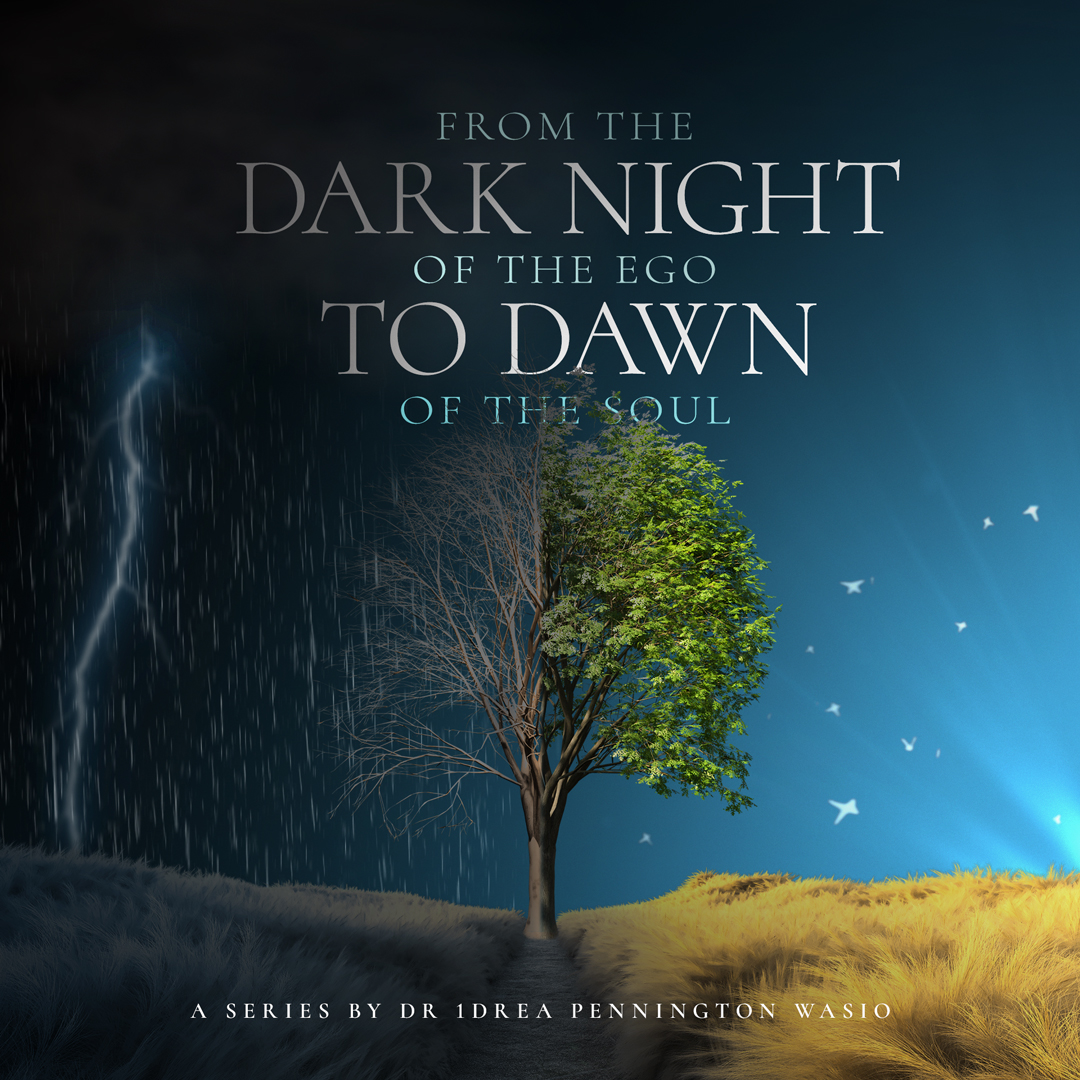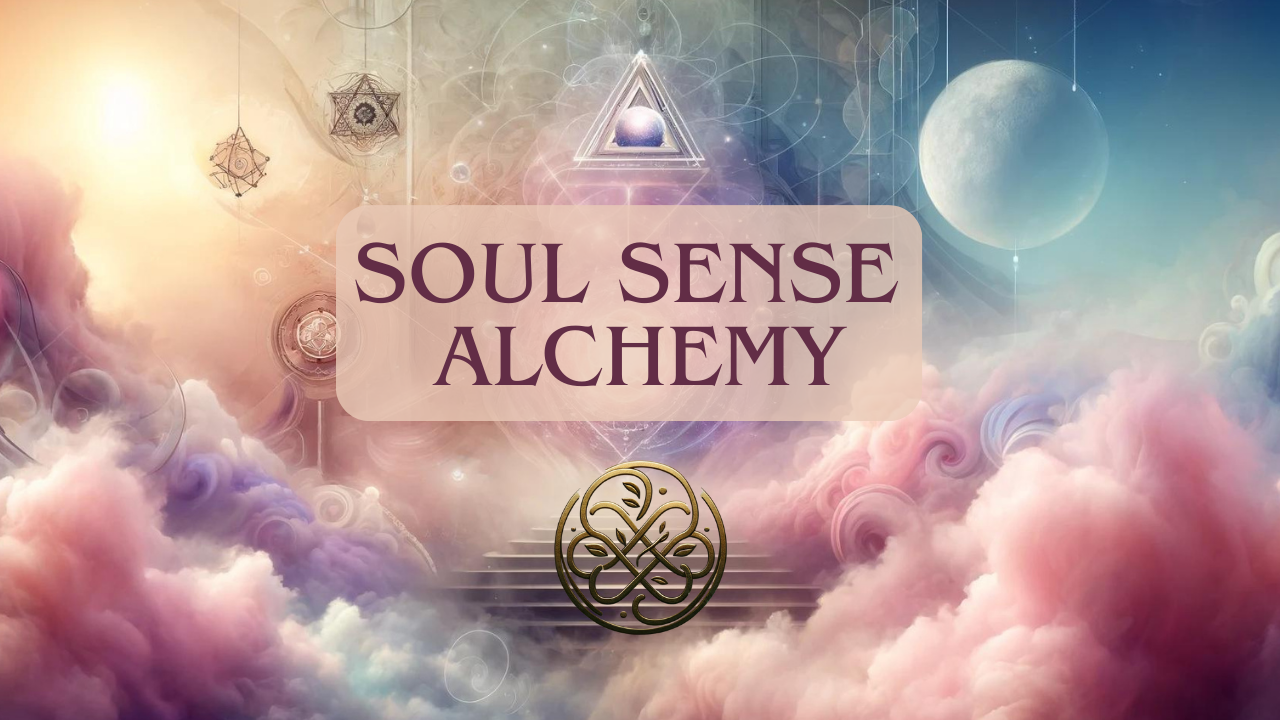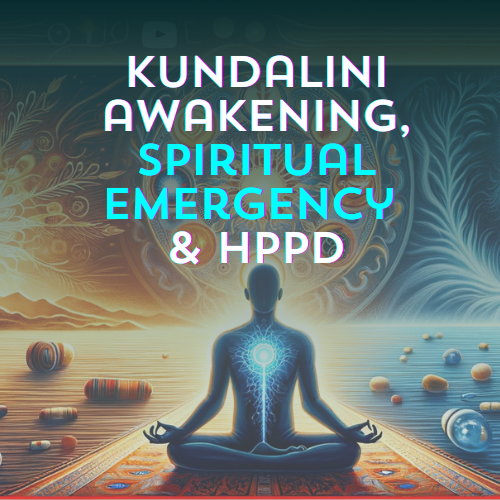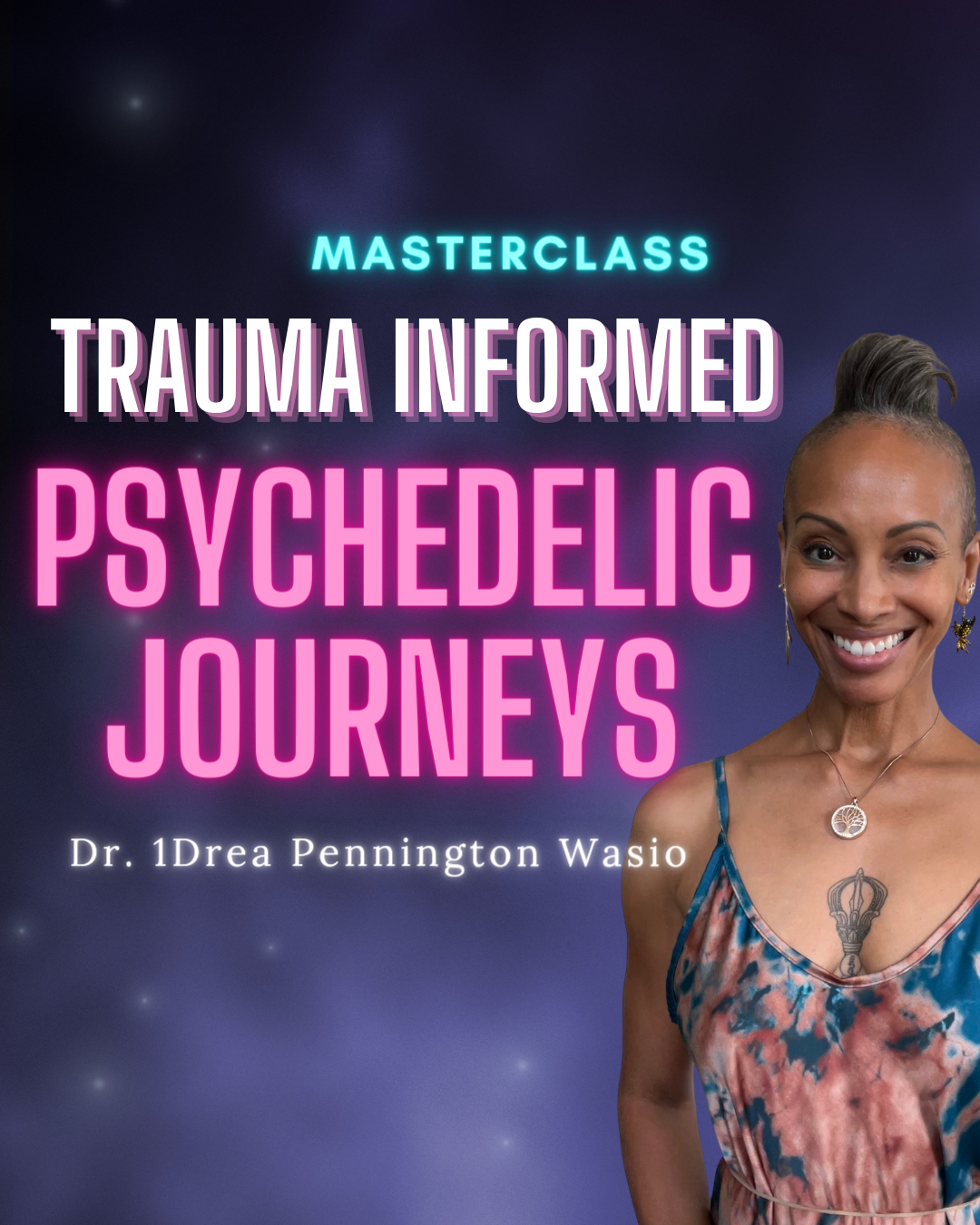Podcast: Play in new window | Download
Subscribe: Apple Podcasts | RSS | More
As an integrative physician and trauma-trained recovery coach, I help people who are struggling with the adult effects of childhood trauma. These could be addictions, eating disorders, low self-worth, lack of self-love, or any host of physical or emotional conditions. This is my service to the world. I am hosting these masterclasses because I realize that not everybody out there is a nerd like me and probably hasn’t read all of the available studies.
If you’re a parent like I am, I know that you want to do the best that you can for your child, and that can be hard. I want to help you with that. We all have the best of intentions, but sometimes we don’t always quite get it right.
Recapping ACEs (Adverse Childhood Experiences)
In our previous masterclass, we looked at Adverse Childhood Experiences (ACEs). Let’s summarize those before we begin with the positive side.
ACEs consist of three categories of experiences that occur before the age of 18. This includes abuse – physical, emotional, or sexual. It also includes neglect which can be physical abandonment or emotional distancing. We’re also talking about household dysfunction. That means if you had anyone in the home who was a drinker, who had a chronic illness, if there was divorce or separation or loss of a parent due to death, if a family member was in prison or you were in foster care. These are all considered family dysfunction.
All right, so what does that mean for us and why do we care? We care because in the original study it was discovered that as adults, people who have experienced ACEs go on to have certain health conditions. Researchers then also realized that there were new categories that needed to be added on.
If you’ve been to my website, In8Vitality.com, you will have seen that there is a quiz to find out your ACE score. What isn’t in that original quiz? We now know that discrimination issues such as racism, gender, gender-based violence, ableism, homophobia, transphobia, etc. are also considered adverse childhood experiences. If you’ve been bullied, teased, and have experienced that type of discrimination, you can add that to your ACE score. This means you’re at increased risk for certain health and behavioral problems.
We’re also looking at a person’s environment. Social-environmental pressures are also considered ACEs. These are things like extreme poverty, being a family member of someone who survived a war, community violence, and natural disasters. I think we could probably include this pandemic as a natural disaster. If you happen to be in a family where your parents, grandparents, or great grandparents survived genocide, slavery, or the Holocaust, this is an ACE. Intergenerational oppression as in slavery is also considered an adverse childhood experience.
In our last class, we discussed all the conditions that are linked with stress in childhood and these specific adverse childhood experiences. We encourage you to get your ACE score because we know that if you’ve had 4 or more ACEs, you’re 3 times as likely to develop lung disease. You have an 11 times greater risk of being an IV drug user. There’s an increased suicide risk and you’re more likely to develop depression, liver disease, or be sexually promiscuous.
Want more insights on healing from ACEs? Read this in depth article by Dr. Andrea.
You can visit In8Vitality.com to take the original ACEs quiz. We also know that more than 67 percent of the population has at least one of these. I’m bringing this up because many of us have normalized it and just sweep it under the rug. That’s what happened in my case but we know that childhood trauma and toxic stress are linked to our mental and physical health problems throughout our lives, not just in childhood. These toxic exposures impact brain development, cognitive development, learning, and social-emotional development. They also affect our ability to form secure attachments to other people. They impact our physical health and are associated with early death. Research shows that the kids that suffer the most from the long-lasting effects of trauma are the ones who experienced it early in life. They had trauma in multiple forms. The effects tend to be severe and pervasive and the ones who suffer the most were harmed by a parent or other primary caregiver.
We often refer to all of those effects bundled together as complex trauma. We know that childhood trauma is more likely to lead to post-traumatic stress disorder (PTSD). Childhood trauma leads to PTSD even more than what we as adults would experience. Under the PTSD umbrella are things like anger, depression, aggression, anxiety, and dissociation.
Children and young people who have PTSD experience the traumatic event through intrusive memories, nightmares, and flashbacks. They may avoid situations or people that remind them of the trauma. You might remember this happening in yourself. They also feel intense anxiety that tends to disrupt their everyday lives. In addition, these young people often engage in aggressive, self-destructive, or reckless behavior. We know that these kids will have trouble sleeping and that they may remain in a state of hyper-vigilance, which is an exaggerated state of awareness. These children can be very reactive to their environments.
Today’s Class – Positive Childhood Experiences
It’s important to know that there’s no typical reaction to trauma. The majority of children will show some sort of distress after a traumatic event but most kids will return to their prior level of functioning. What is going to influence whether a kid bounces back quickly or not? Well, that’s the lesson of today’s class.
Generally, children’s reactions to trauma will differ based on the type of trauma that they experience. It also depends on their individual, family, and neighborhood characteristics. Their overall balance of these risk factors versus protective factors makes a difference and, of course, their age and what stage of development that they’re in.
- Let’s look first at young children. If young children have experienced trauma, they may have difficulty with attaching to caregivers. They may be ambivalent, as in they want them closer than they push them away. They may experience excessive fear of strangers, separation anxiety, or trouble with eating or sleeping. The child might just be super-fussy and unable to calm down. You might even see that as a result of the trauma they show regression after reaching a certain developmental milestone.
- Now we get to school-age children who experience trauma. This is the age where you might see them acting out or being aggressive. On the flip side, they might become withdrawn. They might fixate on their safety or the safety of others, kind of always being hyper-vigilant. They may even reenact the traumatic event through play. These children might have frequent nightmares and might exhibit difficulty concentrating in school.
- Now when we get to the adolescent age, we find that they may be anxious or depressed. That was me in high school. They might engage in risk-taking or self-destructive behaviors. We often see drug and alcohol misuse, sexual promiscuity, self-harm, illegal activity, or dangerous driving. The person might even feel an intense sense of guilt, anger, and shame. Traumatized adolescents will often adopt a negative view of people and society.
It’s important to be aware of these various behavioral constellations. It’s important to bear suicide in mind because we know that children who experience these adverse childhood experiences, toxic stress, or trauma have a high rate of suicidal ideation.
That covers what you could see in children and adolescents.
Here is a list of the conditions that are linked in adulthood to ACEs:
High levels of trauma, abuse, dysfunction, and discrimination lead to an increased risk of alcoholism and substance abuse, allergies, Alzheimer’s, anorexia, anxiety, arthritis, asthma, autoimmune disease, acting-out behaviors, binge eating, cancer, chronic fatigue syndrome, compulsive shopping, gambling, overeating, criminality, depression, diabetes, fibromyalgia, heart disease, high blood pressure, poor immune function, infertility, lung disease, liver disease, early mortality, osteoporosis, premature aging, relationship difficulties, smoking, risky sexual behavior, suicide, and violence.
Yeah, that is a long list! If you missed our first masterclass, I explained in depth what happens to the brain, immune system, and cardiac system. To check that out, go to my website or find me on YouTube, LinkedIn or Facebook.
So, again, we ask the question, why is it that some people do better than others? Perhaps you adopted a negative view of people in society from childhood and you experienced chronic fatigue from age twenty-four. It’ll be interesting for you to see where the balance was. Were there any positive things? In public health terms, we refer to what’s known as social determinants of health. We covered this in the last class, so I’m not going to belabor it, but we’re talking about safe housing, safe neighborhoods. Did you experience racism or any discrimination? Was there community violence or gang violence?
That’s enough of the negative for now. Let’s look at the positive side and the things known as positive childhood experiences. There’s a list of 7 that we typically think through.
There are 7 Main Positive Childhood Experiences
1. Community opportunities for the adults to generate an income, get an education, get a job
As a child, this may not have applied to you, but it will have affected the adults around you, particularly your parents. That is one of the social determinants of health.
2. Was there access to healthy food and safe physical activities and were the air and water clean?
3. Did you or the people around you have language and literacy skills?
4. Ability to share meaningfully with family members
Were you able to talk to your family about your feelings? That would be a positive experience that could counteract bad experiences. Did you feel that your family would stand by you during difficult times? This is particularly important for kids today who may have been teased or bullied or for those whose sexual orientation or gender preference is causing them concern. They need to know that their family would stand by them. I’m going to get even more specific on what we can do today for the kids in our lives and what we can do for ourselves if we didn’t have positive parenting and positive experiences.
5. Opportunity to participate in community traditions
Did you enjoy participating in community traditions? If you have children, you need to think about creating a connection to something greater than just the family that could be a positive childhood experience. It could be a church community, a local farmer’s market or holiday help at a pet shelter.
6. Feeling a sense of belonging at school
Did you or do your children feel a sense of belonging in high school? This is a hugely important time of brain growth and psychological development. This is a time when kids need to feel that they belong. Unfortunately, sometimes kids pick the wrong groups to belong to. A positive childhood experience is feeling supported by friends and having at least two non-parent adults who take a genuine interest in the teen. This could be a family member but it could also be a coach, mentor, a member of a church, or one of the youth groups.
7. Feeling safe
Number seven is feeling safe. Did you feel safe and protected by an adult in your home?
These are critical, critical, positive childhood experiences. Now, the National Child Traumatic Stress Network says that there are other things for us to think of. Beyond the support of family and friends, people at school, and members of the community we also find that children who have a high sense of self-esteem and a positive sense of self-worth can tolerate childhood trauma with fewer adult problems. They will have a feeling of self-efficacy, have goals and dreams for the future, or spiritual and cultural beliefs that give them a greater meaning or a sense of their lives. If a child has a talent or a skill – it could be excelling in school or a sport or playing an instrument – this will be a positive thing. Do your kids have the coping skills that would allow them to apply these coping skills in a variety of situations? When we think about all of these things, resilience to childhood trauma largely depends on the supports of a child and his or her family. These are the things that we’re thinking about today. These are some of the reasons we can have hope.
I mentioned this in our last class. H O P E is healthy. In the last several years there have been a lot of great studies that say, yes, we must identify these adverse childhood experiences, we must intervene and create safety nets. However, at the same time, we need to encourage the positive outcomes that can come from positive experiences. Three keys here are to focus on are safety, nurturing, and compassionate caregiving, and I’ll lead you to some resources if you’d like to investigate these things a little bit more.
One of them is positiveexperience.org. You’ll find that there are several nonprofit organizations, particularly in America, that are focused on therapeutic modalities and training interventions in the school and the community to support families in bringing forth these positive experiences. The number one thing for us to think of as adults is that we want to prioritize close, nurturing, responsive, compassionate caregiving.
Tips on creating positive experiences for your child
I shared in our last class why it is not a good idea to let a baby cry it out. I know that maybe your parents or your grandparents or your great granny said, “Don’t pick up the baby, you’re going to spoil the child. You’ve just got to let them cry it out.” We’re talking here about sleep training for a tiny baby who is developing the neural networks that are tied to self-regulation, self-control, and self-soothing. They have to learn it from a responsive caregiver, which means if the baby cries, you need to pick them up. If we look at hunter-gatherer tribes – researchers have seen that out in the wild, people didn’t put the baby in a crib or leave them somewhere. Babies were strapped onto a person, usually the mother. They were always with the family or extended family and babies who cried were tended to and not shamed, belittled, told to suck it up, or told that the boys don’t cry. If you look at hunter-gatherer tribes and indigenous people, they don’t smack their children. They do not punish them harshly. They might give them a swat if they were going towards an anthill or were about to drop down a cliff! We can take some lessons from them.
Close, nurturing, responsive, compassionate caregiving is what all children need. Your presence is just as important as action. This was a lesson I had to learn as a young, single mom. I felt like I always needed to be doing something with the kid, like, you know, entertain her, take her to the park, take her here or take her there. What I discovered in doing this research is that more than action, our kids just want us present.
Being Present for Your Child is More Valuable Than Buying Them Presents
Sometimes we think we need to buy them presents only to find that they end up playing with the boxes and the wrapping. Your presence is just as important as what you do and safety is the priority. What we need to prioritize is making sure that our kids feel safe to come and talk to us no matter what. Of course, that’s extreme for us as well, so I would invite you to explore attachment parenting, which is the notion that we can be there for our children when they’re forming these attachment bonds. Right as a baby is born, they tend to orient with their eyes and their ears, tuning into your voice, to your scent, to your eyes, and your face so we want to be nurturing, responsive, compassionate. Have I said that enough yet?! Are you getting that tip?
We also need to focus on being consistent. I made the mistake of trying to do everything. I wanted to be everything that my mother and father were not. I was trying to be the opposite. I was trying to be fully present and I went too far and got to the point of near exhaustion. What you want to do is be present and consistent so that they know that if they cry, their needs will be met, not sometimes, but regularly. Now, if it’s an occasional time when you’re in the shower and the baby cries or, you know, you’re upstairs and you didn’t get there right away, that’s not going to be a long-term detriment to them. But it’s about that consistency.
If you will, investigate attachment parenting. It’s all about creating this sense of safety and connection. The other most important thing you can do as an adult, as a parent, is to heal your own attachment wound. In those very first years of our lives, we’re creating a whole model for attachment. It’s a framework that our psyche picks up based on how we were parented. If your parent left you to cry in the crib for hours and hours, if you had a parent who was emotionally absent or who got sick and was hospitalized and away from home, you may have experienced a wounding that led your attachment system to maybe be either very distant or dismissive, avoidant, or you might be super clingy.
There’s a ton of resources out there to help you…
You can heal those attachment wounds as an adult and we can talk a little bit about what that means. So, what is it that we can do today? I’m going to talk through some of the strategies that will work. It’s no surprise that I’m going to say, “Create positive connections.” What I mean by that is you need a support group.
- 12-step fellowships
It was the hardest thing ever to safely raise my daughter, especially when I moved to France because I don’t have a family support network here. You’ve got to proactively find a support group. If you happen to be someone who grew up with these adverse childhood experiences, you might consider one of the 12-step fellowships. If it’s affected you to the point where you have a lack of self-love, then the Adult Children of Alcoholics and Dysfunctional Families is a 12- step fellowship that might be of interest to you.
If you find that you’re a codependent who is always looking for validation from other people, then CoDA or Codependency Anonymous might be for you. You can also, of course, reach out to friends. I mean, it’s a catch-22. We feel sort of ashamed as parents if we have to admit that we’re stressed or hating parenting or thinking dark thoughts. You need to reach out to a friend, parent, therapist, or trauma-trained or trauma-informed healer. It is so important for us and I’m going to get into why trauma-informed care is so, so, so important. We must connect with people who get it because as a physician, you’d be surprised at how many people come to me saying that their family told them, “It’s all in your head” or “What? You’re still living in the past! Why can’t you get over it?” You need trauma-informed care.
RSL combined with IFS, Internal FamilySystems, is a very, very helpful combination for doing the inner child work.
- My free monthly support group
I offer a monthly support group as well which is totally free. It’s the Real Self Love Movement. You can join me every month and get some support to create positive connections and get free resources for your healing journey.
- Therapists for kids
Now for children. It’s important that for our young people, we try to create connections for them with trusted adults. It could be a coach, a family friend, godparent, or therapist. Certainly, therapists are a godsend when it comes to children and definitely when it gets to the teenage years. But I would just highly recommend that you don’t shy away from that because some people think, “Oh, no, if my kids in therapy, it’s going to follow them for the rest of their lives.” In a negative sense, I can promise you that it can follow them for the rest of their lives. In a positive sense, that could be the positive childhood experience that counteracts the drama and trauma. If you happen to be struggling or you’re a teacher or a caregiver and you want some resources, visit centerforchildcounseling.org. There’s a treasure trove of info there.
- Nonviolent communication
The other thing that I highly recommend that everyone learns is nonviolent communication. This is a type of communication style developed by Marshall Rosenberg and it’s so impactful. It was for me because I happened to grow up with a very harsh, critical parent –my dad. My mother was on the other side. She said that children are to be seen, not heard. The only way that we could interact in the household was often through eruptive, very violent communication. Learning nonviolent communication allows you to get in touch with your feelings and to be responsible for what you say and your reactions and deliver what you say compassionately. I would recommend that you get the training. You can read a book, watch videos online, work with an NVC therapist or trainer to learn, and then you can model it with your children until it becomes a way of life for you. NVC practice can also help you create safety and trust that will end up opening the mind in the heart of your young person. Now, three of us in the book Time to Rise experienced something. Let me know if any of you have ever experienced this. Your kid does something, maybe they knock something over, or in the case of Time to Rise, beautiful soul, White Fire said the cat knocked over a pint of milk and it spilled on the table. When she looked at the cat, that was one thing. She looked at the kids and on their faces was a look of fear and horror because they knew that usually she would erupt. Anybody else like that? I’ve had it too. We can learn to practice NVC so that we are not erupting and reacting. In my case, if I get angry or triggered, I was acting and sounding like my parents because that’s the way I learned communication and maybe it’s the same for you. It may sound weird that you have to go learn how to speak to your children, but I promise you, it will open up their hearts and minds so that they don’t have to be afraid to come to you when they do screw up or when they need help.
- Learn self-regulation
All right, so what else can you do today? My friend, heal your trauma. And relearn self-regulation. The majority of the people that I work with today in the Real Self Love Movement find that they are triggered by the events that they see in the home or the world, and they have to learn how to regulate themselves. In our last class, we talked about how. We learn how to soothe and regulate ourselves based on what happened with our parents, but if our parents were absent or inconsistent or neglectful or even abusive, abusive, then we may not know how to regulate our emotions, how to calm down. We may stay triggered if we experienced developmental trauma or our brain and our nervous systems are on hyperdrive.
Mindfulness training is one of the ways that you can start to do this work of regaining control and self-regulation. Meditation as well. Now, I have been doing trauma recovery work for over 20 years as a doctor. One of the things that people said when we first sat them down to do mindfulness and meditation was they were flooded. Flooded with memories, flashbacks, and emotions that were just overpowering. If that’s your case, I have a little resilience recovery bundle that’s coming up in about a week that will guide you through getting in touch with emotions in a safe space.
However, you’ll find Attunement Meditation very helpful. It’s a five-step mindfulness meditation process that I developed for my patients who had chronic stress, anger issues, and addictions. In that recovery model in my wellness center, we found that leading people through these five steps at their own pace could help them regulate their nervous systems and get more in touch with their feelings so that they could not act them out or act them in, but deal with them in healthy ways.
- Practice self-care
Play is something that many of us didn’t get in our childhood, and it’s helpful for us as adults today. I would encourage you to incorporate play into your day so that you can get out of this sense of being performance-oriented.
Self-care is a very broad and general term, but we’re going to talk about healing the inner child in a minute. But this idea of caring for yourself before you care for your children – it’s amazing how many people resist that. They really feel like, no, I have to do everything for my kids first and then they get depleted and erupt in anger or frustration. That’s not good for the kids either. Prioritizing self-care with adequate nutrition, hydration, sleep, movement, quiet time, not being on social media or the computer or streaming, but just being alone with yourself, journaling, talking to a friend, and so on. It’s about prioritizing sleep and using body-oriented therapies.
Somatic Experiencing is a body-oriented therapy created by Dr. Peter Levine. It’s something that we used in my wellness center all these years ago, and it was incredible to see how these therapies could skillfully get a person back into their body and regulate the nervous system while processing some of the trauma of their past. I highly recommend that, particularly because we know that trauma is stored in the body, in our tissues, our brains, and even in our DNA.
Yoga could be incredibly helpful, particularly if you find a trauma-informed of trauma-trained yoga therapists or center dance. My friend Jill and I have been doing that – playing music, you know, dancing around. It helps to get you in touch with your body and your feelings and regulate it.
I also practiced Qigong and found it incredibly helpful. You could also go to someone who practices Qigong or acupuncture to help you get into balance with your nervous system.
Reparenting is Extremely Helpful
- Reparenting
What else can you do today to repair yourself? I don’t know how many of you out there have heard of this term reparenting. Does that seem strange to you, the idea that you could be a parent to yourself? Well, the idea is that you can give yourself what you needed back then so that you resolve the neglect, abandonment, abuse, and trauma of the past. Whatever you experienced in the past probably impacted your developmental stage.
I would like to at some point do a training session on Arizonian developmental stages. One of our masterclasses will be about how to complete a life stage according to the Arizonian model. We know that babies from birth to age three go through a particular set of developmental milestones. When children are in their preschool years and through primary school and middle school adolescence, there are particular milestones that they would typically go through and achieve. However, if as a child you didn’t get healthy parenting or were living with continual stress and drama and trauma, you may have been stunted in one of those stages. With reparenting, you can resolve the trauma, move forward, and complete those life stages. Reparenting involves connecting with your inner child or children. There are multiple versions of you; some of them are locked in time, it could be the happy inner child, your teenager and inner rebel, and more.
It’s important to become your own loving inner parent. What did you need back then that you didn’t get? Was it perhaps someone who would listen to you? Did you need someone to believe that what was happening to you was true and that it was harmful? Did you just need to be seen and accepted for who you were without being shamed for your behavior? Did you need to be loved unconditionally? Well, you can start to give that to yourself. That is part of what reparenting and redirecting the inner critic looks like.
I’ve shared before that I had, like, 13 Supreme Court justices in my head. I had all of these negative voices in my head judging me on my appearance and my behavior and always telling me that I wasn’t enough. We have to redirect that inner critic which is part of the reparenting process. It could involve what I use as a guided meditation, journaling, and using IFRS or internal family systems to reconnect with the inner child, even connecting with the inner critic or whatever other parts of you have evolved to help you survive your childhood.
For instance, I had a perfectionist part. I also had a part that would just get so overwhelmed she would shut everything down. By learning how to redirect and heal them, it’s allowed me to stand on the stage today. I have the confidence now to share this message with the world. Practicing self-care is part of how you parent yourself. If you didn’t get what you needed in terms of your food, attention, temperature control…you can give it to yourself. It may sound simple, but yes, giving yourself the time to enjoy a bubble bath or a hot shower without rushing to take care of everyone else can be part of your reparenting.
Someone asked, what about the stuff we eat and drink? Yes, there is a link between how we feel and what we eat, particularly if you experienced early childhood developmental trauma, toxic stress, or critical, harsh parents. If you grew up in a family with drugs and alcohol, any of those, what we know is that living with that toxic stress impacts the HP axis, hypothalamus, pituitary, and adrenals. You know it as the stress response system. Why is that important? Well, when our adrenals are pumping out adrenaline and cortisol (and the brain does, too, it’s got its own store of cortisol and norepinephrine, which is the brain’s version of adrenaline). What we see in the short term is that you’ll have a rise in energy like sugar so that you could fight that bear or run from that predator. And that’s a good thing – we have a feedback loop that would go to tell the brain in the adrenals, “Okay, danger’s done, you can climb back down.”
So, it’s okay to have a short spike of these stress hormones but if you lived with prolonged stress, if you lived with toxic environments and you were perpetually afraid, then your nervous system may have stayed in this hyper-vigilant mode. If it was very early in your life that you experienced any of those things, then you may not have even developed those circuits that help you calm down, meaning you get stressed, and then it takes forever to calm down.
Why is that important? Well, we know that children who experienced long-term stress and drama, and trauma end up having low cortisol levels. They end up having a hyper-reactive response called the glucocorticoid response. Because they don’t have that little feedback mechanism to turn the stress response off, the brain will create this craving for either the fatty stuff or the sugary stuff. This is why when some people are anxious, they will feel a need to get a snack or go on a binge to get that brain response to calm down.
That’s why we have to do this reparenting. We’re creating new neural pathways of calm and quiet and safety instead of reactivating those pathways that were created in childhood. The good news is you can recover. So, yes, if you experience something early in life, and then had a stressful job in your 40s, well, we know that your nervous system was already primed to have stress and stress-related illness.
- Prioritize sleep
As a parent, you will also want to prioritize sleep. Usually, parents want their kids to sleep. We say, “Don’t you make a noise, the baby’s sleeping.” I want you to do the same for yourself and prioritize getting a good seven to nine hours of sleep at night. If you’re not getting good sleep, you should talk to your doctor. You may need to reach out to someone like Dr. Jill Stocker, who helped me enormously. For example, we know that as we age, our hormones change. So, if you’re not getting good sleep, either because the kids are there or because your hormones are changing, you need to do it by getting seven to nine hours of sleep. You are helping your own brain not be hyper-reactive. That means shutting off screens after dinner. Shutting off screens includes phones, computers, and the television so that your brain can calm down. Have dinner at least two hours or more before you go to bed so that you’re not processing a big, heavy meal. You could also dim the lights. Don’t use any overhead lights after about eight p.m. so that you can bring your brain into its diurnal rhythm. We are on this sort of circadian rhythm and we want to keep the pineal gland trained with the light-dark cycle.
I’ve been enjoying my various support groups and how we prioritize play. We all talk about the ways that we find joy in reparenting and giving our inner child what it needed most. For me, that’s a lot of dancing and creativity and music.
Tips on what not to do
All right. So here are Andrea Pennington’s suggestions on what not to do as a parent.
- No punishment, rejection, or suppression if your child has been “acting out”. If your child is reacting to trauma and drama, they should not be punished for that because they don’t necessarily have the verbal capacity to explain what they’re going through unless you model that for them.
- An alternative intervention could look like, “Wow, I can see that you’re getting amped up there, buddy. It seems like you’re pretty angry right now. You want to tell me about it?” And they might kick and scream. Of course, I’m not inviting you to let your children have tantrums all over the place. I am asking you to engage with them, using nonjudgmental eye contact with a compassionate, open facial expression to let them process out their emotion.
- Get them to a safe place. They may need to kick and scream and express and if you can be there without suppressing them or judging them, they will learn how to be tolerant of those emotions and express them and calm down. I know that this is controversial. But there you have it. Children are usually not doing things out of a desire to be defiant.
- They might be doing it to get a response from you because you’ve been unresponsive in the past or someone in their environment has been unresponsive in the past. So when we say that kids have this oppositional and defiant disorder, it’s not even a real thing. It’s not a disorder, it’s a symptom. It’s a symptom of toxicity in the home, school, or somewhere in the environment. They don’t have a better way of expressing it.
Resources to build patience, presence, and tolerance
All right. Controversy. Don’t you love it? Practice presence and tolerance and I emphasize the word practice. I was not good at this. I used to be a perfectionist type A. aggressive person. I would flip a switch and I would be angry and quick to just snap. I happen to have a very sensitive daughter who taught me from her birth that I had to regulate my emotions or it would create a storm within her. I had to learn to practice patience and tolerance.
If you want some help with that, my 21-day compassion meditation series is great and it’s totally free. Sign up. Each day you get another meditation to listen to. In just 8 to 10 minutes a day, you can start to develop more tolerance and compassion. It is a practice so you can try to practice that with your kids as best you can. None of us are perfect and we don’t even need to strive for perfection. Notice that in this entire masterclass. I haven’t said, “Perfect, positive childhood experiences”.
I will direct you to the good work of Winnicott, who talked about good enough parenting. We just need to be good enough to practice nonviolent communication and as best as we can, not suppress our child’s self-expression. They need to learn how to express it. Granted, it will not always look pretty, but over time they will become more refined as these higher brain centers come online. Remember the prefrontal cortex, which is involved in executive decisions and decision making and self-regulation and control? It doesn’t fully develop until we’re in our 20s. So as a child, they’re not going to have that. They’ve got to practice it and learn it from you and see it mirrored by you. Please do not tell your kids to suck it up or soldier on. That’s why we have this burnout culture today. People who think, “Oh, I’m so resilient, look at all the stuff I’ve just soldiered on through.” No! Ending up with burnout means you’ve been strong too long.
Let’s look at crying. From the standpoint of a pediatrician, crying is a sign of health, it’s a sign of life, and it should not be something to be ashamed of. From the day you were born, your cry meant that you were alive and that you could call out and get your needs met. Please don’t teach your children that they shouldn’t cry and don’t punish them with your withdrawal or abandonment when they do. I remember hearing my parents saying, “Look, if you don’t come over here, I’m leaving. I’m going to leave this house.” What does that tell a child? It tells them that they have to behave in a certain way to keep their parents’ presence and love. Do not punish them or threaten them by withdrawing or abandoning them.
Some of you will be like me and need to go to the bathroom for an extra 20 minutes to cry it out or do some tapping, breathing, or meditating. That’s not the type of abandonment we’re talking about. That’s not abandonment. We’re talking about threatening to leave the house or to leave the planet. Please do not make your love conditional – love should not be based on grades, school performance, looks, whether they’re as nice as their brother or not.
Wrapping up – the four R’s
I suggest that if any of this applies to you, meaning if you experienced some of these adverse childhood experiences or trauma or if your children are in that environment now, we need to focus on holistic healing and holistic healing is really based on the work of many researchers we seldom hear about.
- If you were looking for a therapist or looking for people to take care of your child, the first R is to realize that there is a widespread nature of childhood trauma. It’s everywhere. Your caregivers need to understand how it impacts a child’s emotional, social, behavioral, cognitive, brain development, physical development, as well as their mental health. In addition, we adults have got to be aware of the influence of trauma on family members – whether you are a first responder or service provider, other people are going to pick up on that secondary stress.
- The second R is to recognize the symptoms of trauma, and that can include the symptoms of post-traumatic stress. Of course, these vary by gender, age, type of trauma and the setting. These acting out, challenging behaviors are normal. They’re what happens when we are threatened, when our life is threatened, and our attachment to our caregivers is threatened. Try to recognize these behaviors as normal, self-protective, adaptive reactions to highly stressful situations rather than viewing them as a child intentionally misbehaving. That recognition is going to help you get to the root of what they do. We can understand that even for ourselves as adults. I understand that my perfectionism and my people-pleasing was a reactive response to growing up in a dysfunctional home. I also know that this tendency to get overwhelmed and go into hiding was also a trauma reaction. We know that also children might become hyper-vigilant you know, always checking one to make sure you’re okay and they’re okay. Recognize that that may be because of what they experienced in the past. The other thing to recognize is that sometimes the symptom of dissociation is that you find a kid is kind of spaced out and daydreaming. That is a learned response and that is what helps children avoid feeling. It helps them avoid thinking about that traumatic experience. Trauma-informed care really means that we recognize how trauma influences a child’s engagement in activities and interactions with peers and adults and even whether they’re going to be responsive to rules and guidelines in the world.
- The third R is to respond. We want to respond by making necessary adjustments in our own language and behavior. We want to help create the environment and other things that support the child’s recovery and resilience to trauma.
- And then the fourth R is to resist re-traumatization. We have to proactively shape a child’s environment to avoid the triggers. These could be sights, smells, objects, and people that remind them of the original trauma. We must protect them from further trauma. We’ve got to get rid of the hush hush side of things. We’ve got to break the silence as we shared in our last class.
RESOURCES
There are some helpful resources for you. These are great resources for learning, emotional management and self-awareness. You’ll also read in these books the stories of other people who have overcome traumatic pasts, adverse childhood experiences and have gone on to thrive.
- Find out your ACE score with this free quiz https://bit.ly/GetYourACEScore
- Join me for live question and answer sessions online in the Real Self Love Community
- Participate live in my healing guided meditations or download them
- Schedule a private coaching session with me. Details are here
- Read Holistic Healing: https://amzn.to/3nKMtvF
- Read the Top 10 Traits of Highly Resilient People: 2nd edition 2023 1st Edition – 2020
- Read Life After Trauma: https://amzn.to/2TuBSGF
Read or listen to The Real Self Love Handbook:
- Paperback: https://amzn.to/33AotB3
- Kindle: https://amzn.to/2OOGvM1
- Hardcover: https://amzn.to/32lBoqv
- Audiobook: http://bit.ly/RSLHAudiobook
- Apple Books: https://books.apple.com/…/the-real-self-love-h…/id1483763158
MASTERCLASSES with Dr. Andrea
In our 3rd masterclass in this series we looked at top tips to build resilience. Enjoy the replay as you learn how to overcome the villains of negativity and build a stress-resistant personality.
Watch the Masterclass on Holistic Healing. You are more than a number on a scale or a diagnosis. You are a whole person, and your wellbeing requires a holistic approach. This means looking at mind, body, soul, relationships, and environment. Healing is not just about nutrition, exercise or self-care. These are each important, but often not sufficient.
Enjoy the replay where I shared the holistic health framework that has brought great relief and healing to me and my clients for two decades. It’s the Cornerstone Process, which is outlined in my book, The Real Self Love Handbook.
I truly hope that this class has been helpful for you. I want to remind you that you can visit In8Vitality.com to find out your ACE score. Thank you so much for being with me on this journey. I really appreciate you sharing this video with other people or parents or adults who have lived with adverse childhood experiences. Together we can stop this cycle of trauma and the intergenerational trauma that goes with it.
